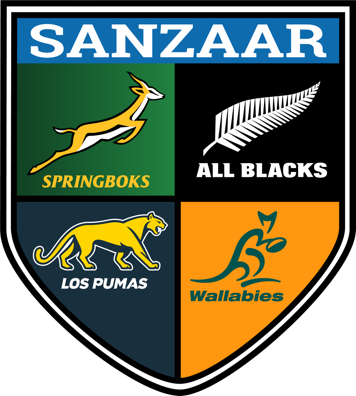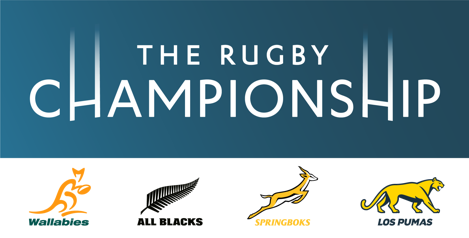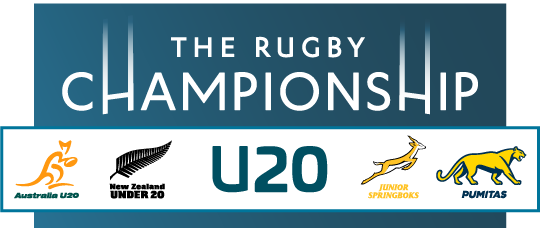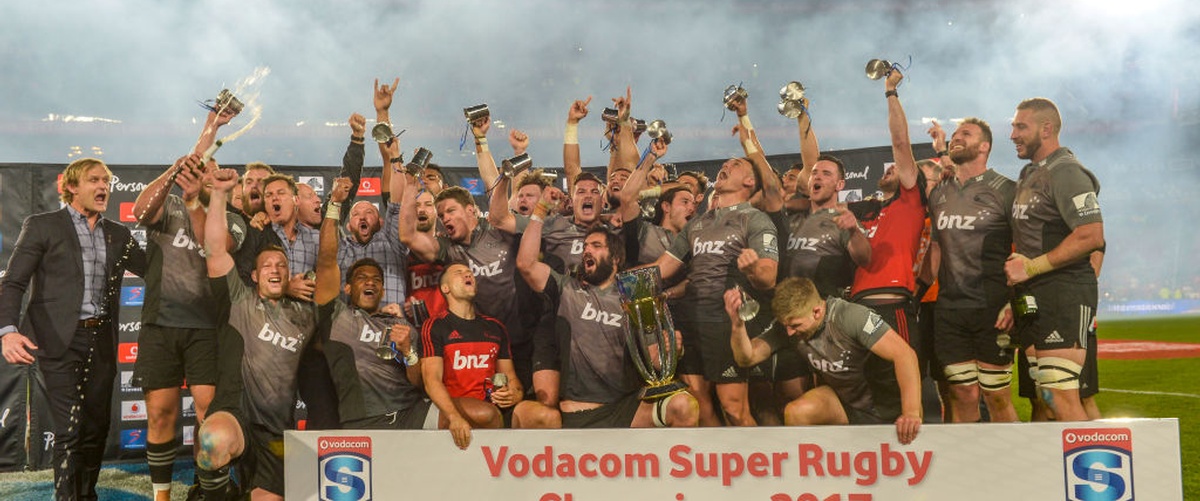When rugby union went professional in 1996, the Australia, New Zealand and South Africa rugby boards formed SANZAR (South African, New Zealand and Australian Rugby) to administer an annual 12-team provincial (later to be deemed franchise) based competition pitting domestic teams from the three nations against each other.
In addition it was decided to hold an annual Tri-Nations Test Series between the three countries, formalising an All Blacks, Springboks and Wallabies annual tournament which would rival the then Five Nations and give the Southern Hemisphere an elite international championship outside of the Rugby World Cup.
SANZAR runs the flagship international tournaments of the Southern Hemisphere - Super Rugby (the Super 12, then Super 14) and The Rugby Championship (the Tri-Nations).
David Moffett was the first CEO of SANZAR, and until 2010 the ‘mantle’ of CEO of SANZAR passed between the respective heads of the NZRU, ARU and SARU. The Chairman and CEO prior to this operated on a secretariat basis rotating on a two yearly basis. Now only the Chair rotates.
That year SANZAR created a ‘full time’ office which led to the appointment of Greg Peters as the first specifically nominated chief executive officer of the governing body.
The first broadcasting deal was signed with News Corp for US$ 555 million, giving SANZAR the money to propel them into professionalism, with the financial contract for Super Rugby and the Rugby Championship providing a significant amount of income for the three member unions.
In September 2004, SANZAR began negotiations for a new television deal to take effect in 2006. That December, SANZAR announced that a new TV deal had been signed with News Corporation winning the rights for the UK, Australia and New Zealand and Supersport winning rights for South Africa – for a newly revised contract is worth US$323 million over five years (a 16 per cent annual increase).
At the same time two teams were added to the Super 12, creating the Super 14.
The Tri Nations also expanded at this time to feature three matches against each SANZAR test nation, although in World Cup years this would be trimmed back to two.
On May 19, 2009, following prolonged negotiations SANZAR unveiled its model for an expanded season to start in 2011, which would result in a new conference system for Super Rugby and the inclusion of a fifteenth team.
This model was due to be presented to current broadcast rights holder News Corporation for approval before the end of June 2009. On 11 November 2009, SANZAR announced Melbourne will play in the expanded "Super 15" competition in 2011 after the Australian start-up franchise was given the nod ahead of South Africa's Southern Kings.
In 2012, a year after the New Super Rugby competition had successfully made its debut, SANZAR would prepare to unveil a new product - The Rugby Championship.
This competition was extended to include Argentina, meaning that the 16-years of Tri Nations competition would end, and the tournament would expand to four teams, hailing a return to the home and away clash between each nation.
Argentina's involvement continued to increase with the nation receiving approval to join Super Rugby in 2016 and the inclusion as a joint venture partner (as such, the organisation name changed to SANZAAR in early 2016). CEO Greg Peters resigned to take up a new role with Union Argentina de Rugby and was replaced by Andy Marinos who previously headed up commercial at the South African Rugby Union.





